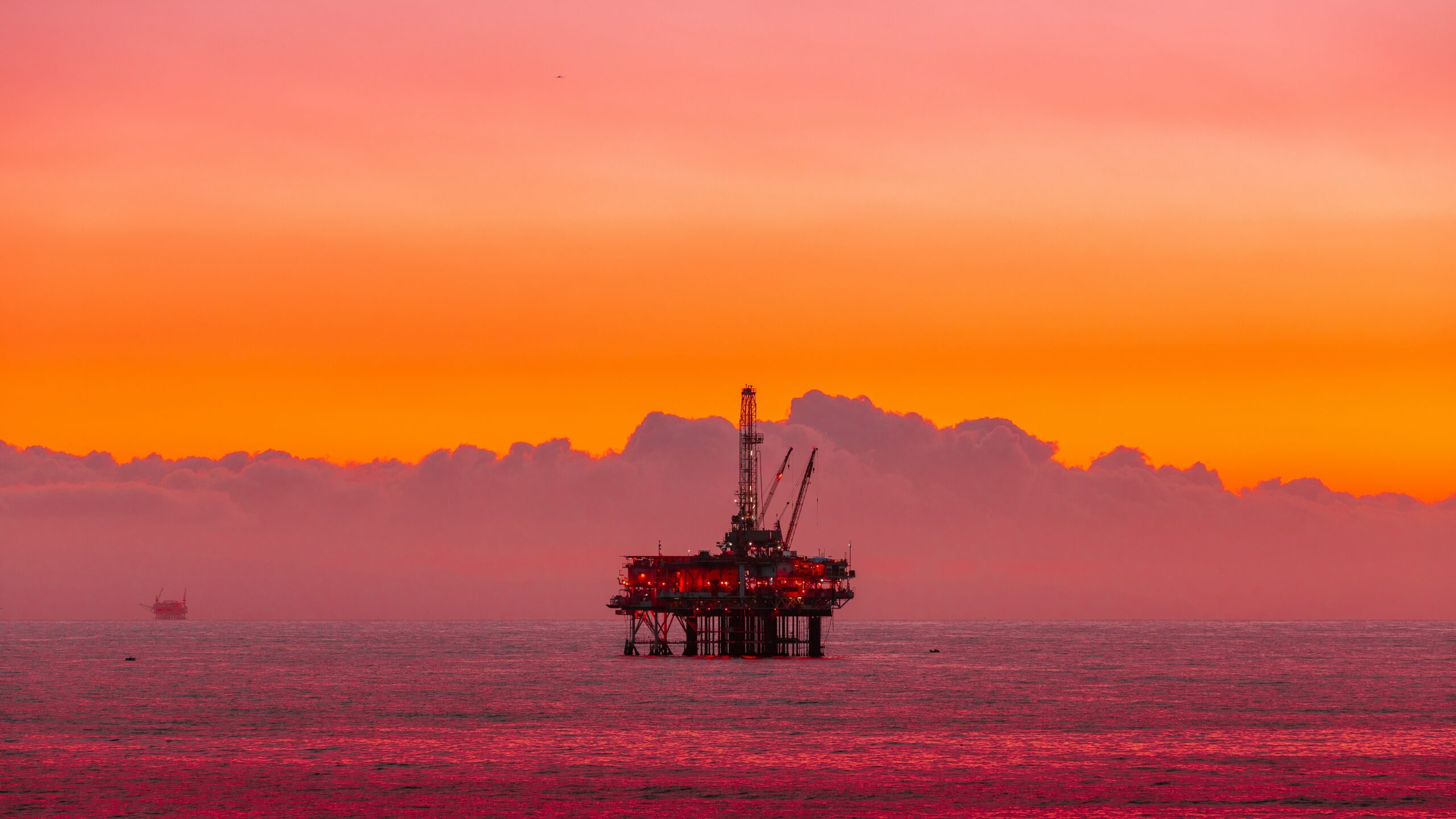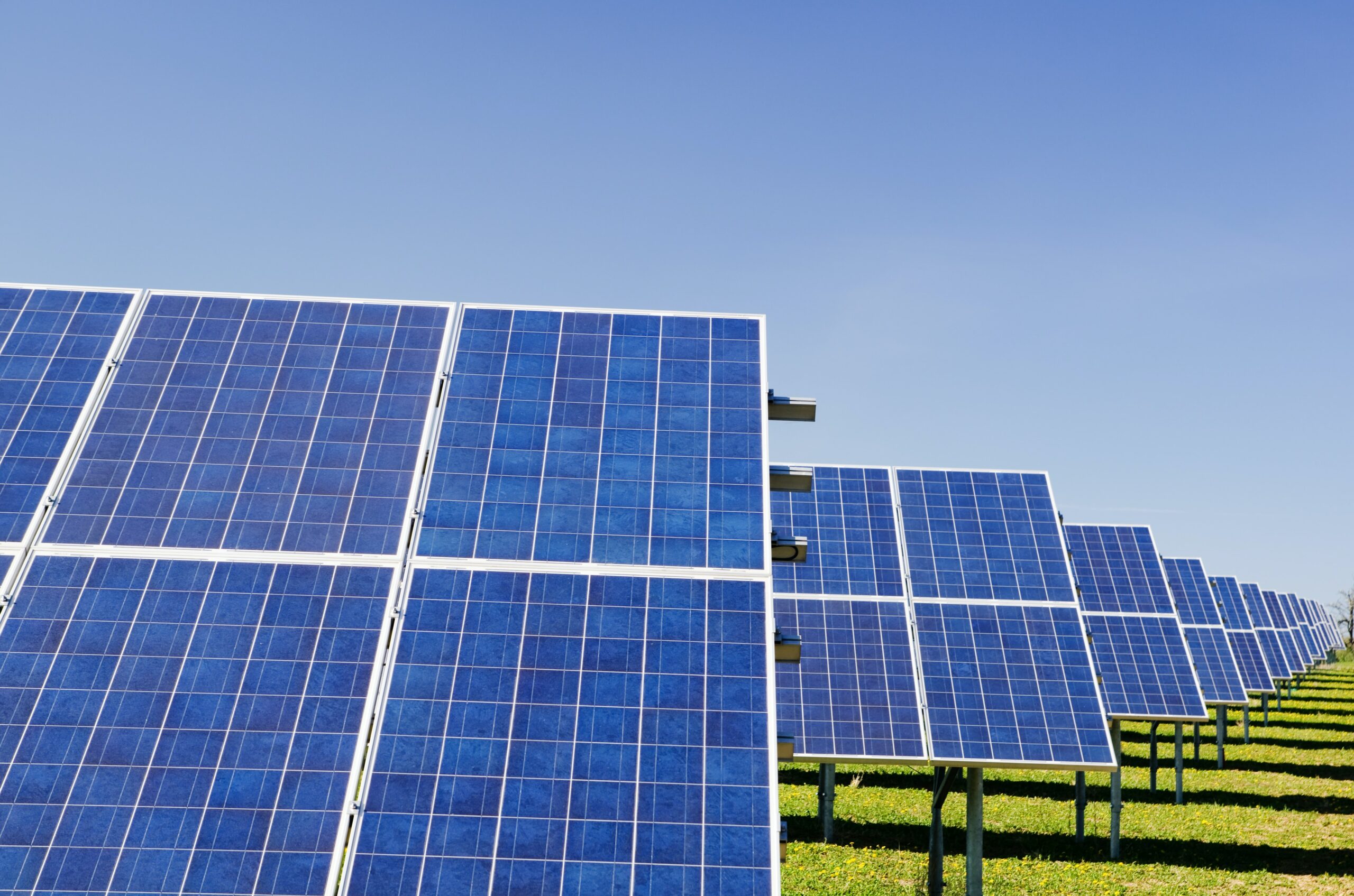Why natural gas is one of the biggest detriments to the South African economy
Natural gas is currently a key part of South Africa’s Integrated Resource Plan (IRP). The IRP says that gas has “the flexibility required to complement renewable energy” in the electricity mix and positions gas as part of the clean energy transition. However, natural gas actually presents a risk to the success of the green energy transition, as well as to the economy and the country’s climate goals.
The coal transition
The South African government has accepted the need to move away from coal. Along with members of the international community, it signed the Political Declaration on the Just Energy Transition in South Africa in November 2021. The Declaration commits the government to decommission its coal-fired power stations and end its reliance on coal.
The coming years could see an end to coal mines in South Africa as we reduce the production and consumption of this dirty fossil fuel. The transition away from coal is crucial, and our decisions at this point could have a long-term impact. But, at this turning point, there is a risk that we will simply replace one fossil fuel with another.
Diesel is no longer a solution
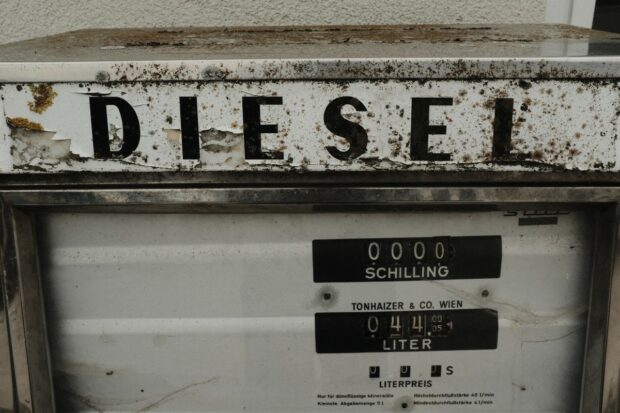
The average age of a coal-fired power plant in South Africa is 41 years. The oldest coal-fired plant, Komati, was shut down in November 2022 after six decades of service. Eskom eventually plans to retire all its coal plants. But, most of them have been kept online long after their projected lifespan because there has not been enough energy capacity to replace them. As a result, these ageing power plants often break down. In 2022, the country experienced the worst power cuts on record.
To keep the lights on, South Africa has been exploring ways to compensate for failing coal capacity. In 2004, Eskom decided that the quickest route to meeting peak-time energy demand was to invest in the open-cycle gas turbine (OCGT). In June 2007, it completed construction on two OCGT power stations: Ankerlig near Cape Town and Gourikwa in Mossel Bay. Despite the name, both OCGT plants are powered by diesel. Since then, the country has added further diesel-powered capacity, such as the Dedisa plant in the Coega Industrial Development Zone.
All the diesel-powered plants play a critical role as peaking facilities, operating during periods when demand would otherwise outstrip supply. The problem is that these periods happen all too often in South Africa. In late November 2022, Eskom announced that it would be keeping a limited stock of diesel “carefully preserved for dire emergencies” because it had already spent its diesel budget for the year. In December 2022, the state-owned utility announced that the public could expect more frequent load shedding in the following six to 12 months, partly due to the need to “conserve limited diesel stocks”.
The crude oil crunch
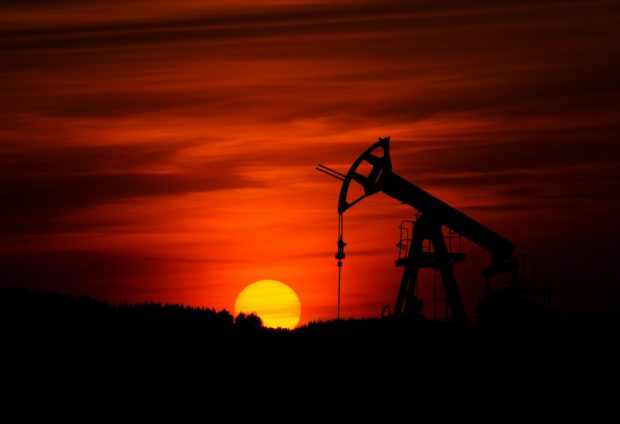
Eskom spent over R11 billion on diesel in October 2022 alone. This was partly due to the sheer volumes needed to keep the lights on, but it also reflected rising crude oil prices. As tradeable commodities, fossil fuels are highly volatile. This means that countries with high reliance on crude oil are affected by price swings. Unfortunately, crude oil is currently South Africa’s top import. Refined oil is second.
Clearly, the heavy use of diesel for power generation is unaffordable in the long run. It is also an extremely dirty and polluting fuel. However, the solution set out in the Integrated Resource Plan may not be much better. The plan is to convert the Ankerlig, Gourikwa and Dedisa plants, along with the Avon plant outside Durban, to gas. They would go from open-cycle gas turbines to closed-cycle gas turbines (CCGTs). That is, these plants would run on natural gas rather than diesel.
Eskom’s original plan for Ankerlig and Gourikwa had already mentioned the possibility of a conversion to natural gas. The original sponsors of the Dedisa plant also envisaged a similar conversion. However, this was before the geopolitical upheaval of 2022 caused natural gas prices to hit record highs around the world.
As a commodity in the global market, natural gas is just as volatile as crude oil. This is why natural gas investing is risky and why we should not rely on gas for power generation.
Local gas resources
Natural gas is not abundant in South Africa. Domestic production is under 100 million cubic feet (roughly 2.8 million cubic metres) per day. This is less than a fifth of demand, which is around 500 million standard cubic feet (approximately 14.1 million cubic metres) per day. This is why the country imports most of its gas from neighbouring countries like Mozambique.
The Integrated Resource Plan says that this reliance on imports will continue in the short term. However, in the longer term, the government wants to explore the “enormous potential and opportunity” of more local gas sources. The plan mentions the offshore Brulpadda field, discovered just before its publication in 2019. This could contain gas resources of up to a billion barrels of oil equivalent, as could the Luiperd offshore field, discovered in 2020. But, it will be late 2025 before gas from either project is available – and that is if all goes according to schedule. In the meantime, South Africa will get most of its gas from an increasingly volatile import market.
How natural gas is undermining climate targets
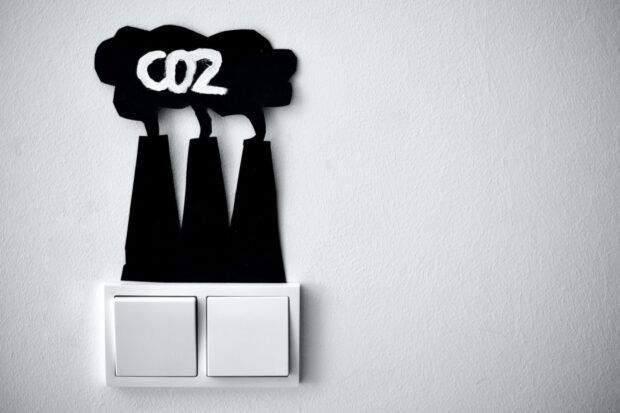
Natural gas’ climate impact is another big problem. South Africa joined almost every other country on Earth in signing the 2015 Paris Agreement. This means that it has committed to reducing carbon dioxide emissions and other greenhouse gases as part of the effort to fight climate change.
The global goal is to reach net zero emissions by 2050 to have a chance of restricting warming below 1.5°C over pre-industrial levels. Moreover, South Africa has also set its own targets. In addition to net zero by 2050, the country plans to lower emissions to a range of 398 megatonnes to 510 megatonnes of carbon dioxide equivalent as early as 2025.
Unfortunately, South Africa is not currently on track for any of its climate goals. To get there, it needs to accelerate the transition away from coal – but also develop a strategy to reduce the use of all fossil fuels.
Natural gas is technically ‘cleaner’ than other fossil fuels because it emits less carbon dioxide and other pollutants than coal and oil. However, it is still a significant emissions source. Natural gas accounted for 22 per cent of global greenhouse gas emissions in 2020, according to the International Energy Agency.
Concerns beyond carbon dioxide
When assessing the climate impact of natural gas, carbon dioxide is not the only concern. Natural gas is composed of 70 per cent to 90 per cent methane and is a very powerful greenhouse gas with over 80 times the global warming impact of carbon dioxide. Unfortunately, the process of extracting, processing and transporting natural gas provides many opportunities for methane to leak into the atmosphere.
An American study found that to make natural gas truly cleaner than coal, countries must find ways to limit leakage across the whole network below 3.2 per cent. A later German study estimated that switching fuels from coal to gas would still cut emissions if leakage rates were below 4.9 per cent.
Unfortunately, nobody knows exactly how much gas is really leaking from networks around the world. One of the biggest studies around this focused on the US methane industry in 2014. The study found that the Environmental Protection Agency was seriously underestimating leaks. Since then, there have been several high-profile gas blowouts. The Aliso Canyon leak near Los Angeles in 2015 released almost 100,000 tonnes of methane into the atmosphere. In 2022, two Nord Stream pipelines burst in possibly the worst natural gas leak to date. Estimates put the Nord Stream leaks at up to 350,000 tonnes of methane.
The conclusion is clear: natural gas is a risk to climate targets. In addition to the unknown and hard-to-control risk of leaks, there are the emissions from the normal use of gas to consider. Experts say that to achieve climate targets while still burning natural gas, countries must invest in carbon capture and storage (CCS) technology. Such mitigation solutions required to use the fuel responsibly mean that natural gas is a source of many hidden costs.
The staggering cost of liquefied natural gas
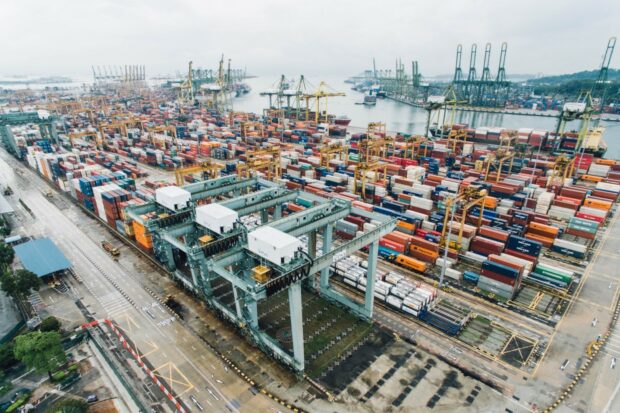
Liquefied natural gas, or LNG, may avoid the problem of pipeline leakage. However, it represents an even bigger threat to climate goals. Analysis from Norwegian research firm Rystad Energy finds that the fuel is extremely energy-intensive to produce and transport. Liquefying the gas involves cooling it in giant fridges to -160°C. This reduces the volume and makes it much easier to transport but at a staggering energy and carbon cost. Rystad’s research focused on imports into Europe. It found that transporting gas through a pipeline generates around seven kilograms (kg) of carbon dioxide. In contrast, cooling and transporting liquefied natural gas produces around 70kg of emissions – 10 times more.
As well as the high costs in terms of energy and emissions, liquefied natural gas can incur large financial costs. Prices spiked in early 2022 as European countries raced to secure a gas supply that did not depend on Russian pipelines. In late 2022, global consulting firm McKinsey said the market faces serious uncertainty. It expects “a tight market and elevated prices for at least the next two to five years”.
Now would be a good time to reduce dependence on liquefied natural gas. Unfortunately, South Africa is currently moving in the wrong direction. Energy Minister Gwede Mantashe supports the development of a new LNG hub. South Africa’s first liquefied natural gas import terminal would be located in the port of Ngqura. A gas-to-power plant would be developed in the adjacent Coega Special Economic Zone. The development manager for the project described the location as “perfect”, but industry experts have noted concerns about traffic congestion and difficult shipping conditions.
The myth of a ‘transition fuel’
Supporters of natural gas frequently describe it as a “transition fuel” or “bridge fuel” to a cleaner energy world. There is some truth to the claim. The International Energy Agency has said that switching from coal to gas can be beneficial “in specific countries, sectors and timeframes”. However, the agency also says that switching from one fossil fuel to another will not solve the problem of climate change.
A 2022 study called Making Climate Capital Work found that there is a small role for gas in South Africa’s energy transition. The study advocates for heavy investment in wind and solar, and a smaller investment in biofuels. Battery storage would smooth out the natural variability of renewable energy sources, and gas turbines would help to supplement this. Open-cycle gas turbines can be switched on and off quickly, which can be useful to ensure flexibility in the electricity mix. But, this should constitute less than one per cent of total electricity generation.
The Integrated Resource Plan repeats the ‘transition’ myth. However, it also sets out the intention to work with the Southern African Development Community on building both short- and long-term infrastructure for a natural gas market in the region. This level of investment and development is inconsistent with the idea that natural gas is a transition fuel.
There is also growing concern that richer countries will use the Just Energy Transition Partnership climate finance agreement as cover for a pivot to gas. The official line will be that natural gas is a transition fuel. The reality is that European countries would use Africa’s gas to meet their own energy needs while they adapt their own systems for a gas-free future. Therefore, African countries, including South Africa, would not see the benefit of the infrastructure being built on their continent.
Natural gas is ‘a vision from a bygone era’
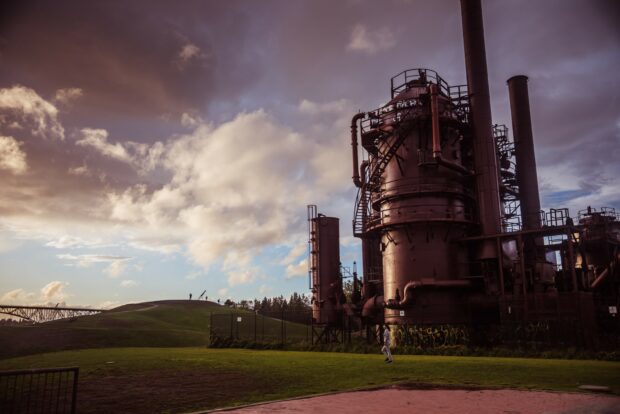
Developing new natural gas infrastructure means covering the hidden costs: sophisticated engineering to reduce the risk of methane leaks, along with CCS technology to cut carbon dioxide emissions. It also means increased exposure to price volatility in world markets.
It would be more cost-effective to invest in completely green energy sources. A study by the International Renewable Energy Agency (IRENA) compared the costs of power sources in G20 countries. It found that in 2021, almost two-thirds of newly installed renewable power was cheaper than the very cheapest coal-fired option. Rising coal and gas prices make the difference even bigger.
Taking Europe as an example, IRENA concludes: “Costs for existing gas plants might average four to six times more than the lifetime cost of new solar and PV and onshore wind commissioned in 2021. Between January and May 2022, the generation of solar and wind power may have saved Europe fossil fuel imports in the magnitude of no less than USD 50 billion [roughly R860 billion], predominantly fossil gas.” No wonder European countries are working on reducing their gas dependence.
Members of the Climate Justice Coalition describe the projects in the IRP as “polluting, outdated and/or expensive”. They explain that these projects are likely to take many years to come online, leaving us stuck with load shedding for many years to come. Business Live echoes this view, describing the energy plan as “based on a vision from a bygone era”.
The natural gas infrastructure investments set out in the IRP could leave South Africa stuck in the past. The country needs an updated energy plan to reduce its dependence on all fossil fuels.
Related Articles
Evidence mounts on the massive economic risks of fossil fuels
A new report warns of trillions in oil and gas revenues at risk by 2040, with demand set to fall globally in favour of cheaper renewables.
Renewables could safeguard trillions from oil and gas price shock, finds new report
Accelerating renewables in line with the 1.5°C pathway would safeguard global GDP, inflation and jobs in the event of an oil and gas price shock.

